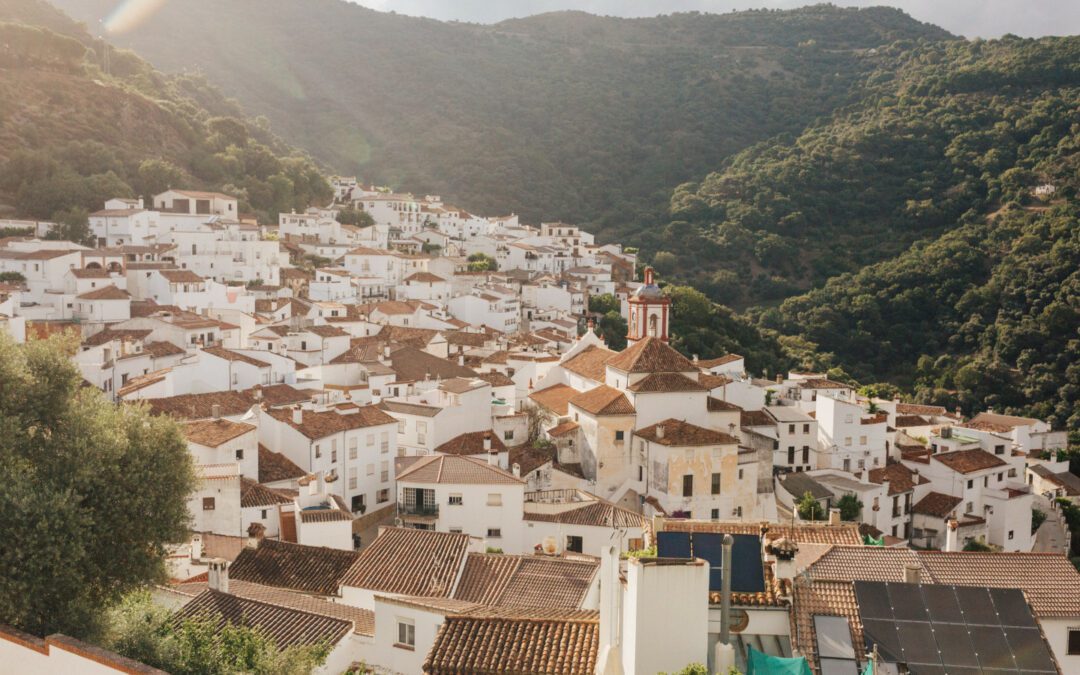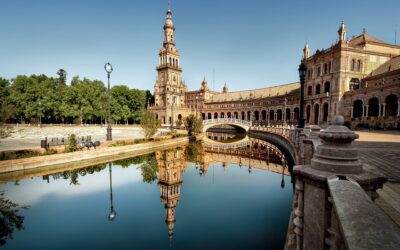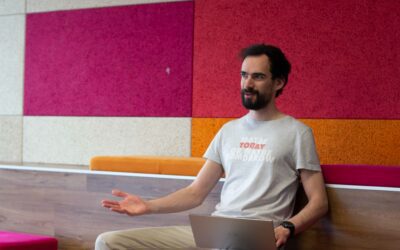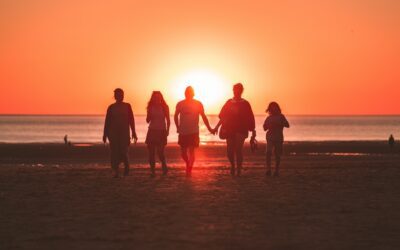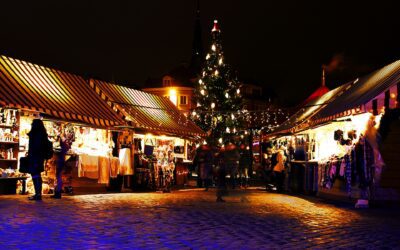|
|
Several recent news reports have talked about how residents of popular cities such as Lisbon and Mexico City are fed up with digital nomads pushing up house prices and putting pressure on infrastructure. Signs reading “Gringo Go Home” have been seen. But does that mean that digital nomads aren’t welcome anywhere?
Over recent years, rural communities suffering from depopulation have been doing their best to attract foreigners to settle. We’ve reported on rural Italian communities in Sardinia and Puglia offering cheap homes and big financial incentives to encourage foreigners to settle. But these initiatives haven’t successfully captured the digital nomad community, who don’t tend to be inclined to set down roots.
Does that mean that rural communities have nothing to offer digital nomads?
The Rooral Initiative
We recently saw a report on the Rooral initiative, founded by Juan Barbed and Ana Amrein. According to Juan, after living as a digital nomad in several of the world’s most exciting cities, he returned to his mother’s village in Spain. He found a village suffering from depopulation, but also a place where he could connect with community and nature, and also a place where he could work thanks to improved internet infrastructure. He immediately thought that this was something that many digital nomads were seeking.
He partnered with the locals in Benarraba, an Andalucian village near Malaga, to create a space for welcoming digital nomads. As well as creating a coliving space and a coworking space (with 1GB Wi-Fi), they also worked with the local community to ensure that visitors could use local facilities, like the gym and pool, and have community experiences, visiting farms and eating with neighbors. They also agreed on ways that visiting nomads would be able to give back to the community.
The Rooral team was very careful in putting together the offering in partnership with the community to make sure it complimented the village rather than gentrifying or pushing up prices. While the community was initially interested in the potential economic gain, most locals, who tend to be older, now agree that the injection of new faces and energy, and the opportunity to share their way of life with an interested and enthusiastic group of people, has been the biggest reward.
Visitors talk about how being close to nature and the community has been both rejuvenating and inspiring.
If you want to experience Benarraba for yourself, they sell weekly packages, starting at two weeks, with check-in always taking place on a Sunday. This includes accommodation in the coliving space with activities such as yoga and local cooking classes, full access to the coworking space and other facilities like the local gym, and participation in all community activities. For two weeks, you can expect to pay €64/€74 per night depending on whether you choose a shared or private bathroom (all rooms are private with a 35% fee for double occupancy). If you stay for three weeks the price is €52/€61, and for four weeks €46/€53.
The Rooral team is now working with other Spanish villages to develop a similar offering. They form new partnerships with villages based on their infrastructure and capacity. If you contact them, they will send you a list of potential digital nomad-friendly villages in the area and great places to stay.
Rooral stands out from other initiatives that try to encourage digital nomads to move to local communities in that it is a “grassroots” program, unlike many digital portals and networks that don’t provide nomads with support once they arrive.
Digital Nomad Villages
Rooral is a recent success story, but it is far from the first digital nomad village. Many have been around since before the pandemic, usually based in smaller towns, but not rural areas suffering from depopulation.
We’ve previously written about digital nomad villages in Zadar, Croatia, Tallinn, Estonia, Bankso, Bulgaria, Madeira, Portugal, Pipa, Brazil, and of course, Lenk, Switzerland.
These villages all work on the same premise of offering digital nomad facilities in a way that works well with the local community, providing economic opportunities for local businesses and special cultural experiences for visitors in a way that boosts and supports the community.
Overall, these digital nomad villages are considered extremely positive, giving digital nomads authentic and rejuvenating experiences, and they are being welcomed by communities that want them and are prepared for their potential impact.
What to Expect from Andalucia?
If you are thinking of heading to Andalucia for Rooral or anything else, here are a few things to expect.
- Andalucia has diverse landscapes. While you will find fantastic beaches, there are also snow-capped mountains, hilltop villages, and Europe’s only desert. Sierras de Carzola Nature Reserve is the largest protected area in Spain, and Donana National Park is UNESCO-listed.
- Andalucia is full of UNESCO World Heritage sites including Alhambra in Granada, Alcazar Palace in Seville, the Grand Mosque in Cordoba, and plenty of Renaissance-style palaces and churches.
- Villages like Benarraba are often called white villages, as these hilltop villages were whitewashed in the 19th century to deflect the sun. It gives the villages a timeless feel.
- The region is known for its excellent food made with fresh farm-to-table ingredients. Expect tapas, fresh seafood, serrano ham, creamy tomato soup, fried aubergine with honey, morcilla sausage, and churros.
- Flamenco dancing comes from the area, originating in Sevilla, Jerez, and Granada. You can still find soulful Flamenco bars and sign up for dance classes.
- There are a surprising number of theme parks for adrenalin seekers. Isla Magica, Aquatropic, the only saltwater park in Spain, MiniHollywood, and more.
- The region also enjoys a typical Mediterranean climate with warm, dry summers and mild winters. There are more than 300 days of summer per year.
If that all sounds good, remember you can spend an extended period of time in Spain with their digital nomad visa. It is considered one of the most accessible digital nomad visas with a minimum income requirement of just USD 2,280 per month, plus it can eventually offer a pathway to citizenship.

